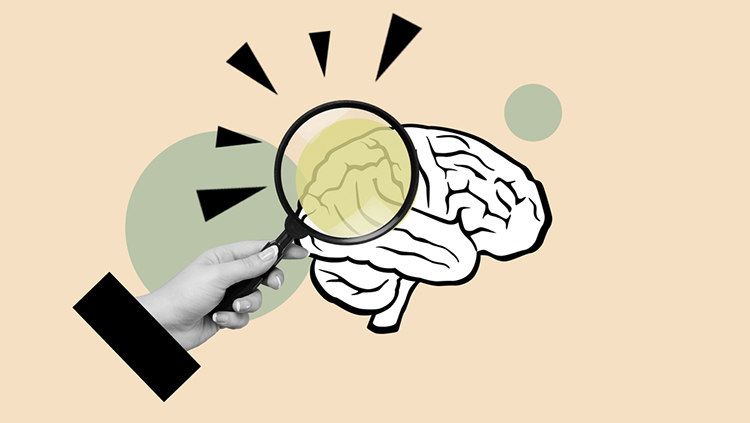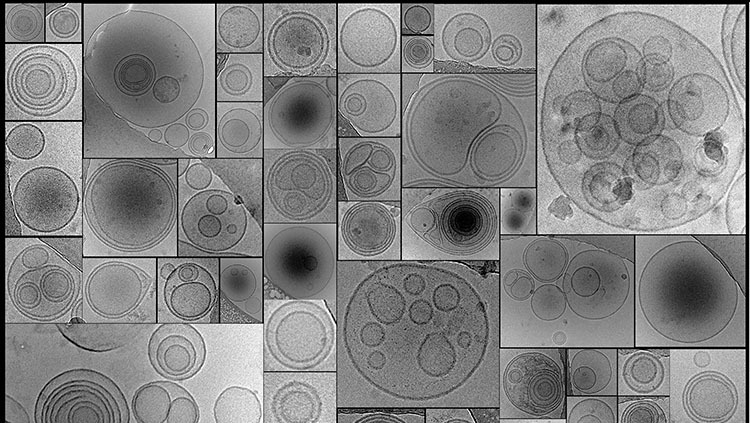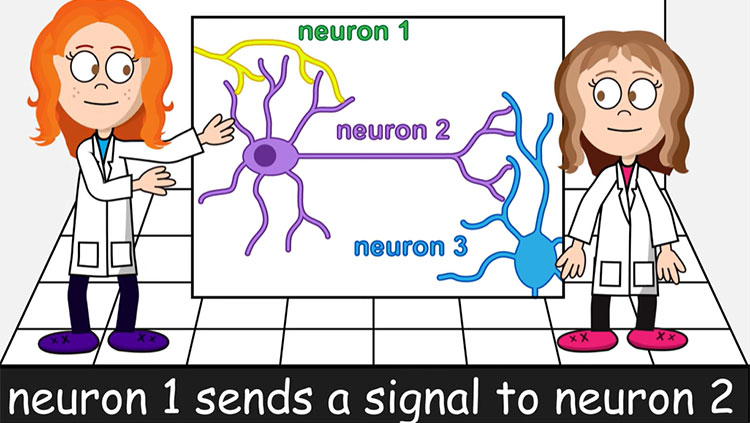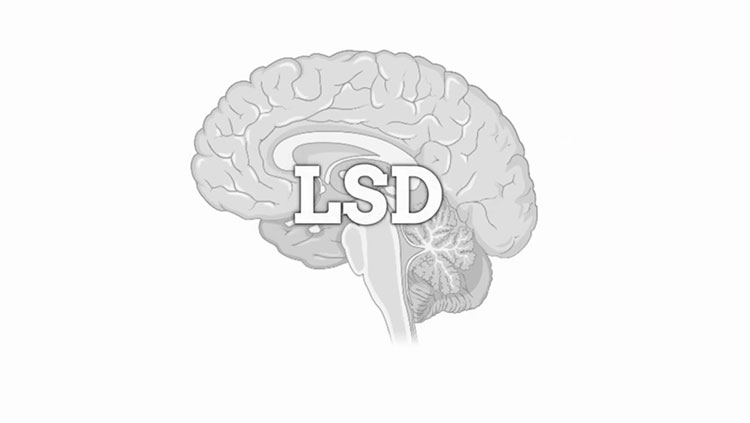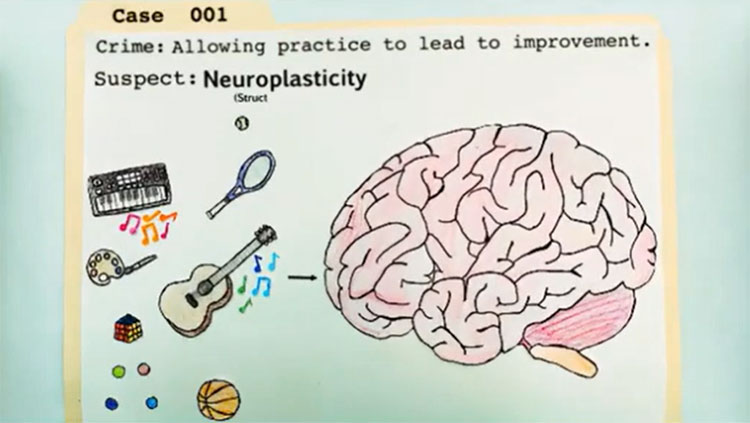The Action Potential: The Brain's Most Efficient Game of Telephone
- Published12 Oct 2020
- Source BrainFacts/SfN
The billions of neurons that make up our brains communicate with each other thanks to a unique electrical signal: the action potential. Like a chain of dominoes, action potential travels down neurons, generating all our thoughts and behaviors.
This video is from the 2020 Brain Awareness Video Contest.
Created by Gabriela Lopez
CONTENT PROVIDED BY
BrainFacts/SfN
Transcript
The Action Potential — the brains most efficient game of telephone.
Information in the brain is disseminated via billions of interconnected cells called neurons. A typical neuron is composed of four distinct regions, the cell body or soma, dendrites, axon, and presynaptic terminals.
The cell body is the metabolic life-support center of the neuron. The dendrites are branches off the cell body that receive information from other cells. The branch-like fashion of dendrites allows for one neuron to have upwards of 10,000 or more connections with other neurons.
The axon is the long-range signaling component of the neuron that carries signals to other cells. It is covered with supportive cells that create the myelin sheaths, which allows information to travel faster down the axon. The presynaptic terminals are fine branches that are in contact with other neurons and emit the information from one cell to another.
Information that travels from one cell or neuron to another is done via the action potential. The action potential is an electrically charged nerve impulse that travels down the axon and is generated by the movement of positive ions in and out of the cell via tunnels or channels in the axon membrane.
The action potential is an all-or-none response. This means that once a neuron has reached an electrical threshold an action potential will occur. If the threshold is not reached, an action potential will not occur. The action potential is very fast, one to two milliseconds. Each time it happens, it happens the same way and has the same characteristics.
The action potential and its all-or-none response can be modeled using dominoes. We can also use dominoes to illustrate how the supportive cells on the axons that create the myelin sheath help create the fast speed of the action potential. So, here is a simplified drawing of a neuron with dominoes down its axon.
If I add minimal pressure to this first domino you see that nothing happens. My minimal pressure is synonymous with electrical impulses that do not reach threshold, thus not creating an action potential. Now, look at what happens if I apply stronger pressure. In this scenario, I reached threshold, and this produced and all-or-none response of all the dominoes falling down, sending the signal down the axon to be sent to other connected cells.
As I mentioned earlier, axons are covered with supportive cells on the axons that create the myelin sheath. Myelin is an insulating layer that allows electrical impulses to jump and skip down the axon via short gaps called nodes of Ranvier. This jumping and skipping is called saltatory conduction, and for those who know Spanish “saltar” means to jump.
Now, I have two neuron domino setups. One is a neuron with myelin down the axon and the other is a neuron without myelin. What do you think will happen when I produce an action potential? As you just saw, the information down the myelinated axon went down a lot faster than the one without myelin. Now, think about what would happen if some myelin was removed or damaged from our myelinated axon. What would this do to our information transfer?
As you saw, damaging myelin disrupts communication from one neuron to another as is seen in demyelinating diseases like multiple sclerosis. This illustrates how important myelin is in disseminating information from one neuron to another. The action potential and axon composition allow for the neuron to have the most efficient game of telephone. It is just one of infinite ways in which our brains are so amazing.
Also In Cells & Circuits
Trending
Popular articles on BrainFacts.org


